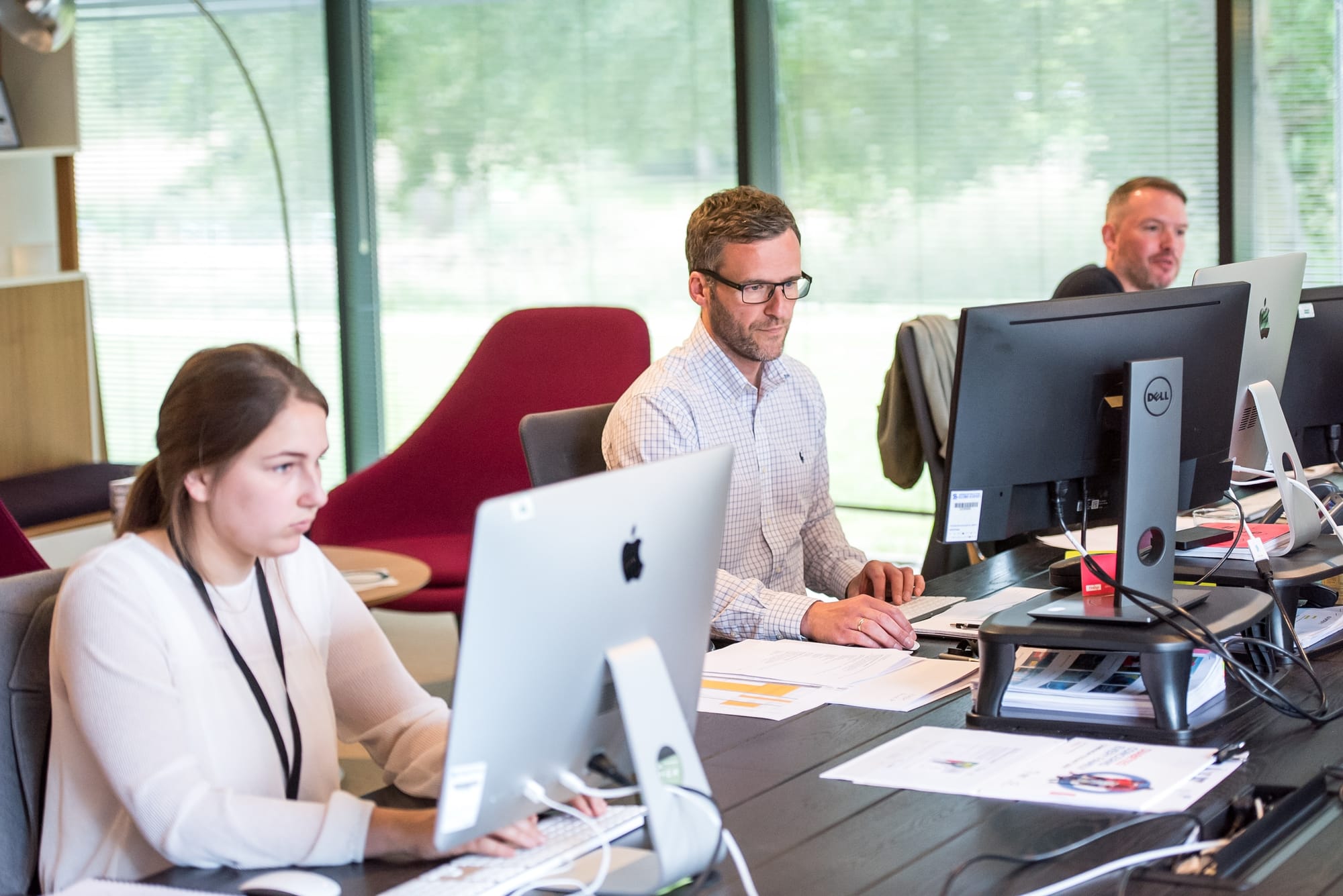Embracing the Odyssey: Why Threat Modelling is a Continual Pursuit in Software Security

Threat modelling is an integral component of the security architecture process, and its importance cannot be overstated in today's digital landscape. At its core, threat modelling is a proactive approach to identifying, prioritising, and managing the potential threats to a system. It systematically analyses what can go wrong in a software system and helps make informed security decisions.
The Evolutionary Nature of Threat Modelling
Threat modelling is a journey because it evolves with every software design, architecture, and implementation change. It is more than just a destination due to the dynamic nature of technology and the ever-evolving threat landscape. As new weaknesses are discovered and the understanding of potential threats advances, threat models must also be updated to reflect these changes.
Adapting to Change
Software development is an inherently iterative process, and changes are introduced regularly through new features, updates, and patches. Each change carries with it the potential for new weaknesses. Thus, threat modelling is an ongoing process accompanying the software lifecycle rather than a one-time activity that can be 'completed.'
Continuous Integration of Security
Incorporating threat modelling into the continuous integration/continuous deployment (CI/CD) pipeline ensures that security is considered at every stage of software development. This integration enables developers, architects, and engineers to iteratively improve the security of their systems with each release cycle, making the system more robust against attacks.
The Agile Response to Threats
The agility afforded by viewing threat modelling as a journey allows organisations to respond to new threats quickly. Software teams can adjust their threat models to prioritise new threats as they become apparent, ensuring that the response to security issues is as swift as the threats themselves.
Knowledge and Skills Development
As a journey, threat modelling is also about developing knowledge and skills within a team. It requires continuous learning and adaptation to new security practices, tools, and techniques. This ongoing process enhances the team's ability to effectively foresee and mitigate potential threats.
Collaboration Across Disciplines
Threat modelling fosters collaboration among developers, security professionals, and business stakeholders. This collaboration is necessary because understanding the context of threats requires diverse perspectives beyond technical aspects, including business impact analysis.
Conclusion
In conclusion, treating threat modelling as a journey rather than a destination fosters a culture of security that is adaptive, proactive, and integrated into the software development process. It is an exercise in continuous improvement, learning, and collaboration that helps build secure systems resilient to the threats of the modern world.
This continuous journey supports the creation of secure applications and systems that are essential in protecting sensitive data and maintaining user trust in an era where cyber threats are not just probable but inevitable.
Improve Your Threat Modelling with Tutamantic's Expert Solutions
At Tutamantic, we understand the critical importance of robust threat modelling in today's fast-paced software development environment. That's why we offer three specialised products designed to empower developers, designers, and architects to create more secure systems:
- Threat Model Training: Dive into our comprehensive training program and learn how to supercharge your manual threat modelling skills with our Rapid Threat Model Prototyping (RTMP) methodology. This training is tailored to enhance your understanding and application of advanced threat modelling techniques, ensuring you stay ahead in cybersecurity.
- Tutamen Automation Product: Our cutting-edge automation tool takes your RTMP to the next level. The Tutamen Automation Product is designed to supercharge your Rapid Threat Model Prototyping process, streamlining and enhancing efficiency. This tool helps identify potential threats faster and more accurately, enabling you to focus on crafting robust security solutions.
- Consultancy Services: Integrate threat modelling seamlessly into your build workflows with our expert consultancy services. Our seasoned professional works closely with your organisation, providing tailored guidance and strategies to tightly incorporate threat modelling into your development processes. This service ensures your security posture is strong and resilient against emerging threats.
Leverage Tutamantic's expertise to fortify your software development against the ever-evolving landscape of cyber threats. Contact us today to learn more about how our products can transform your approach to threat modelling.
